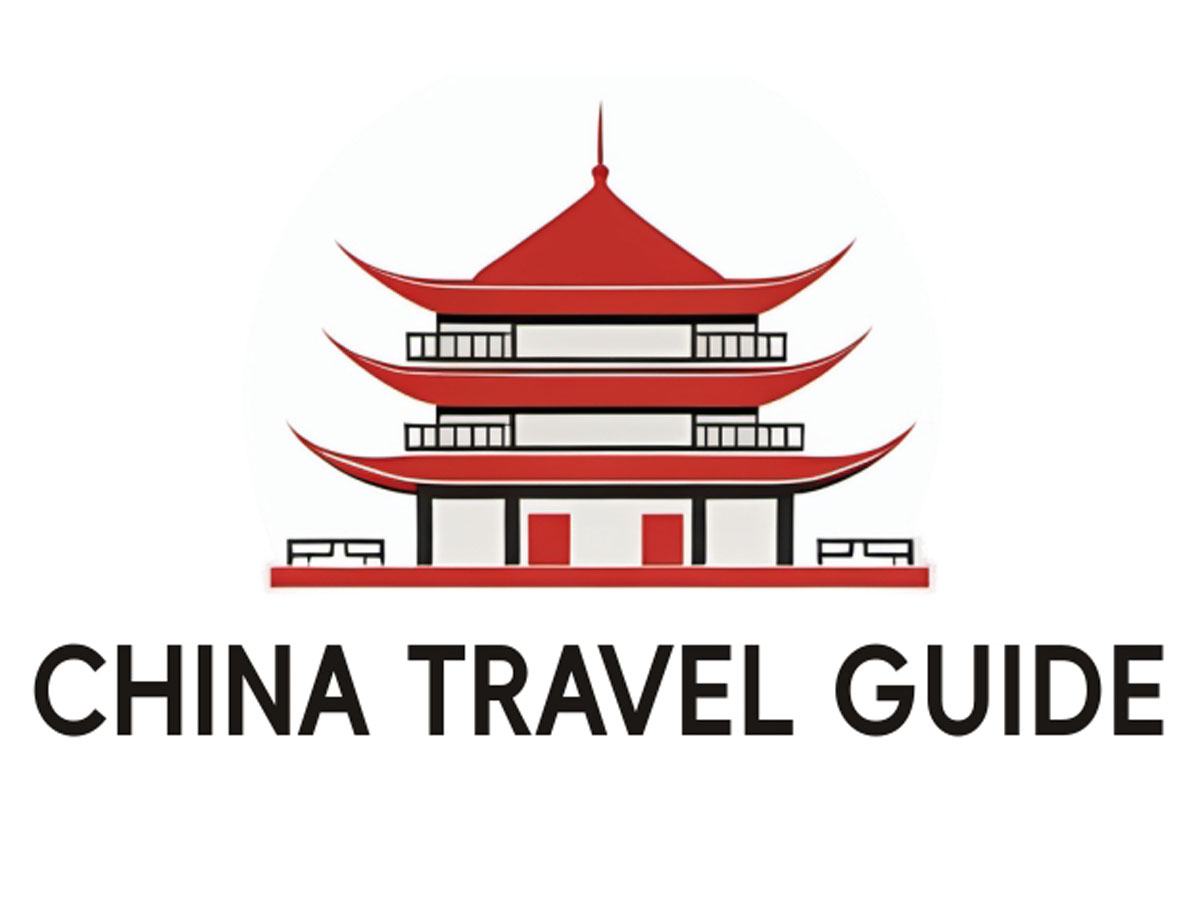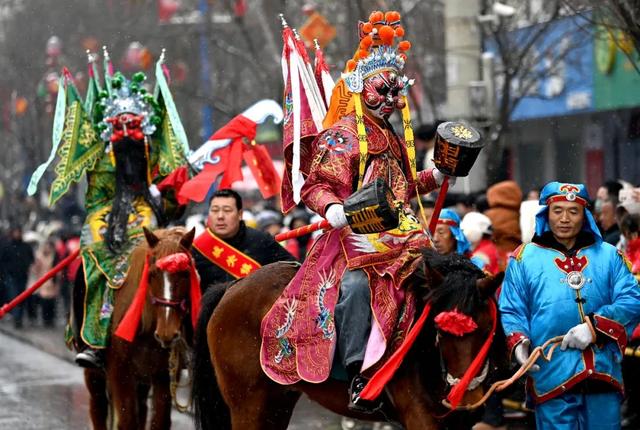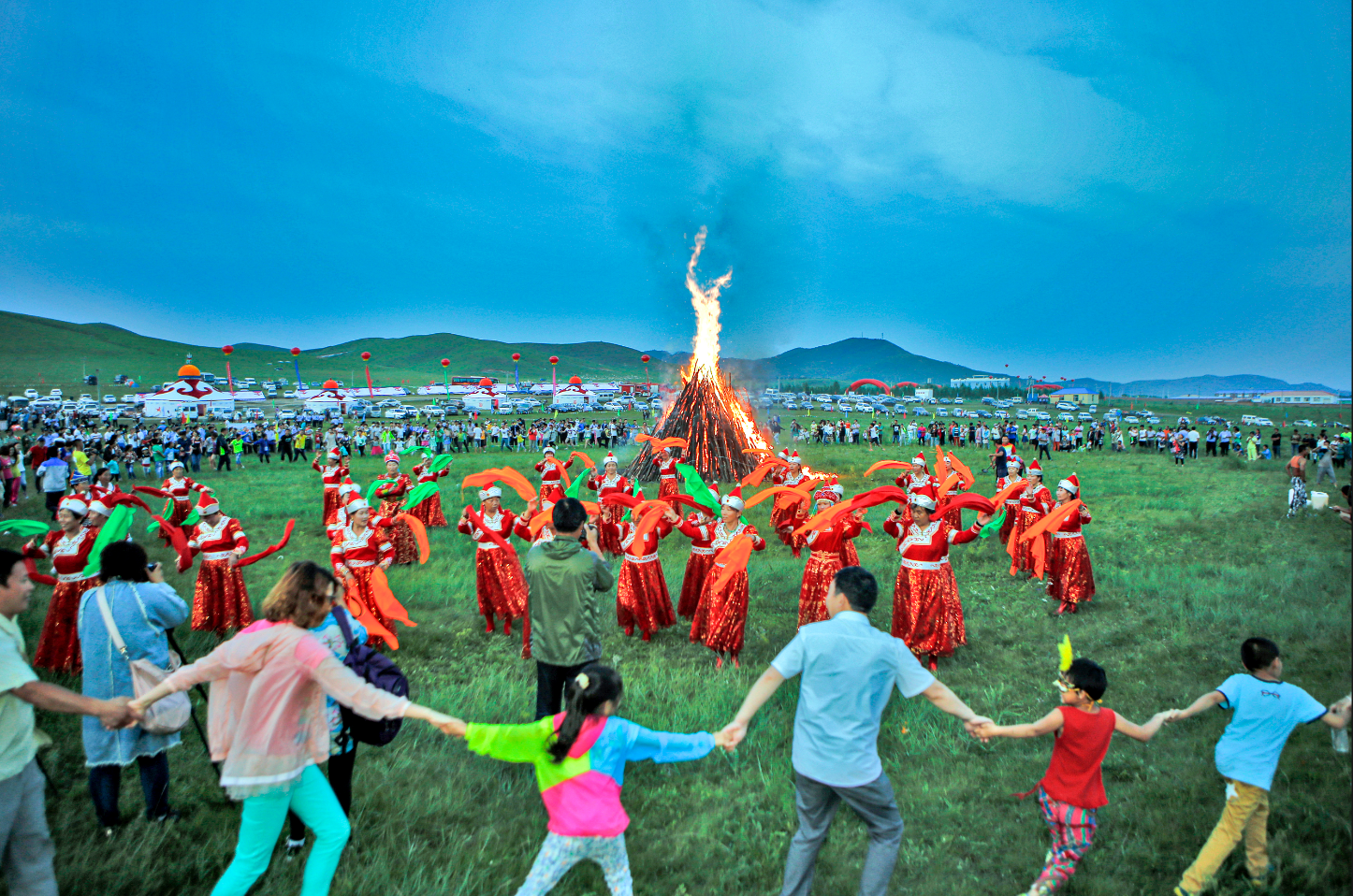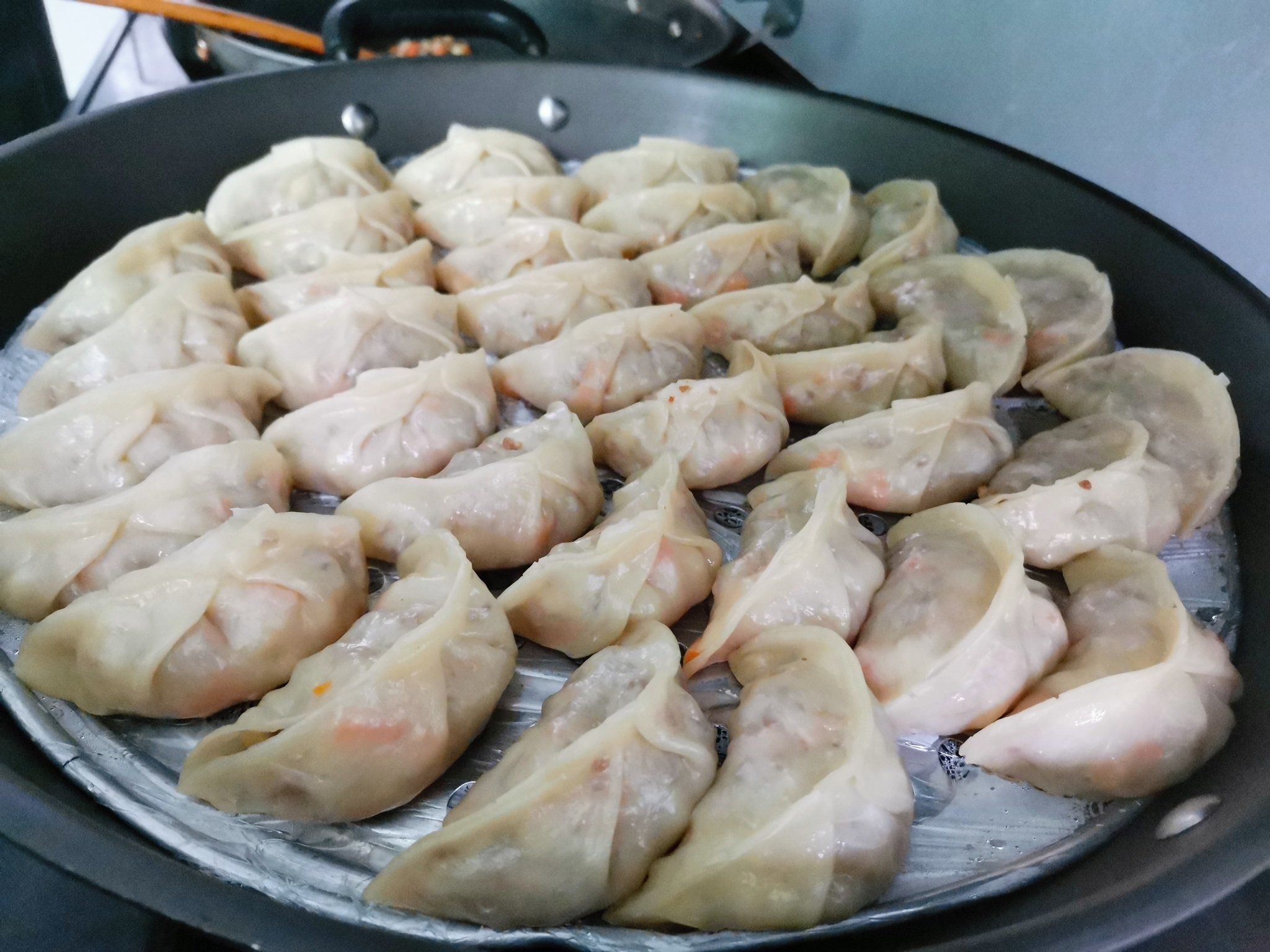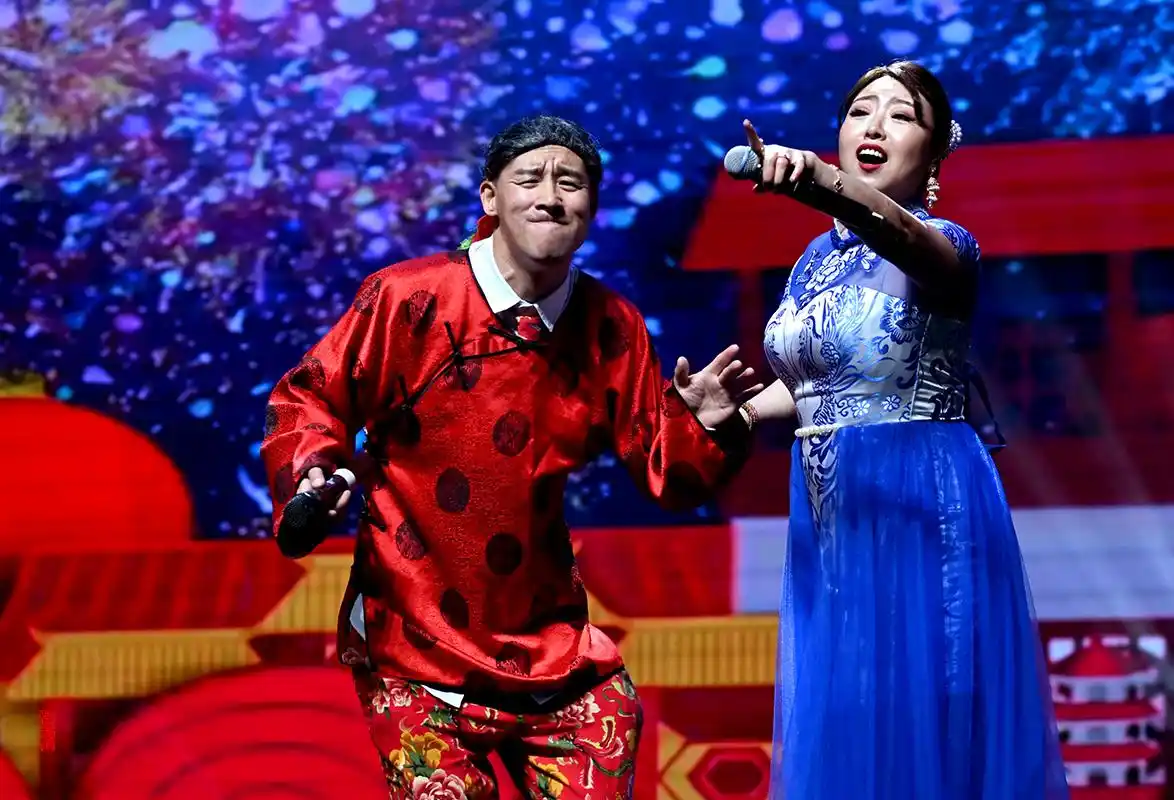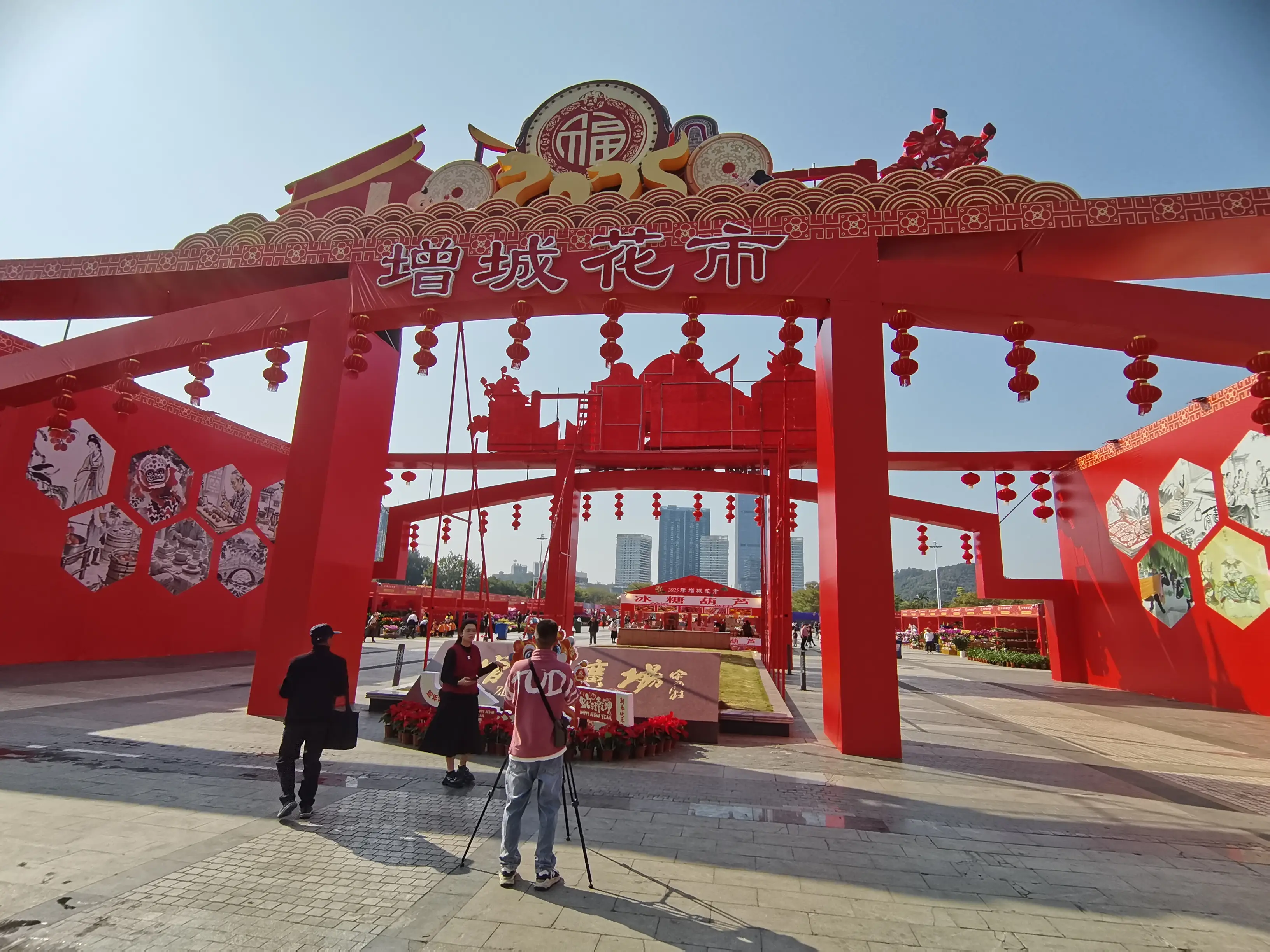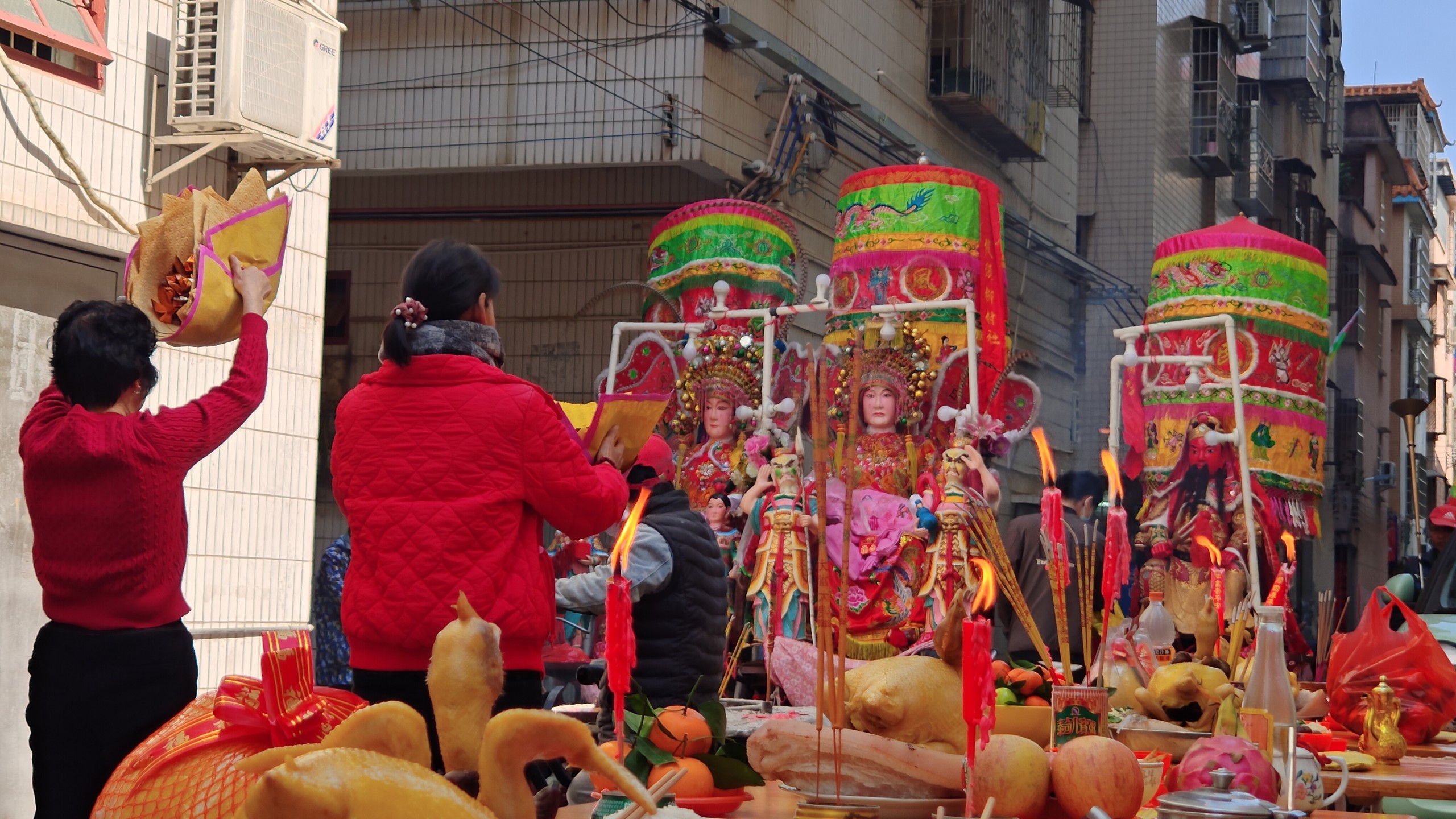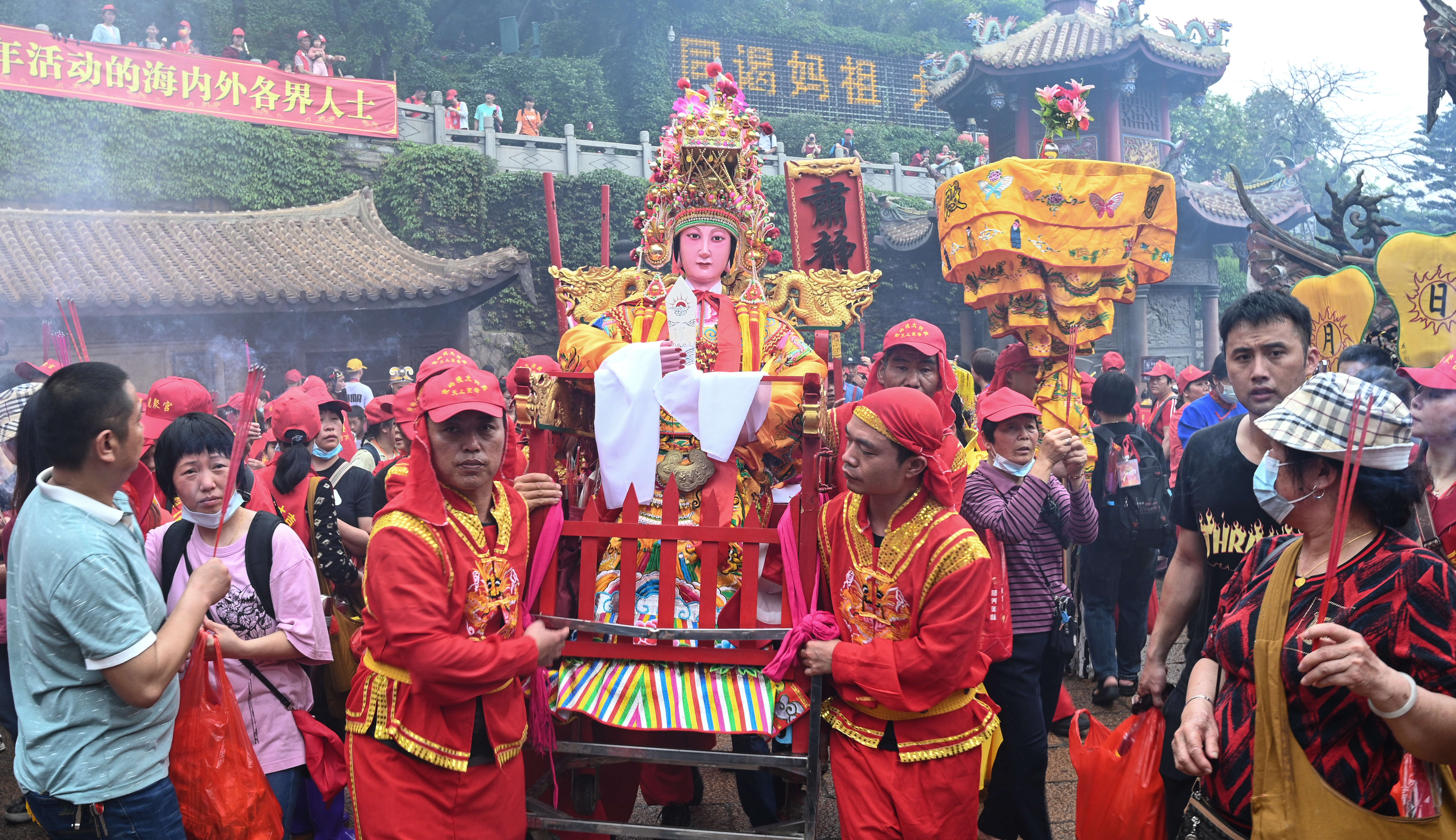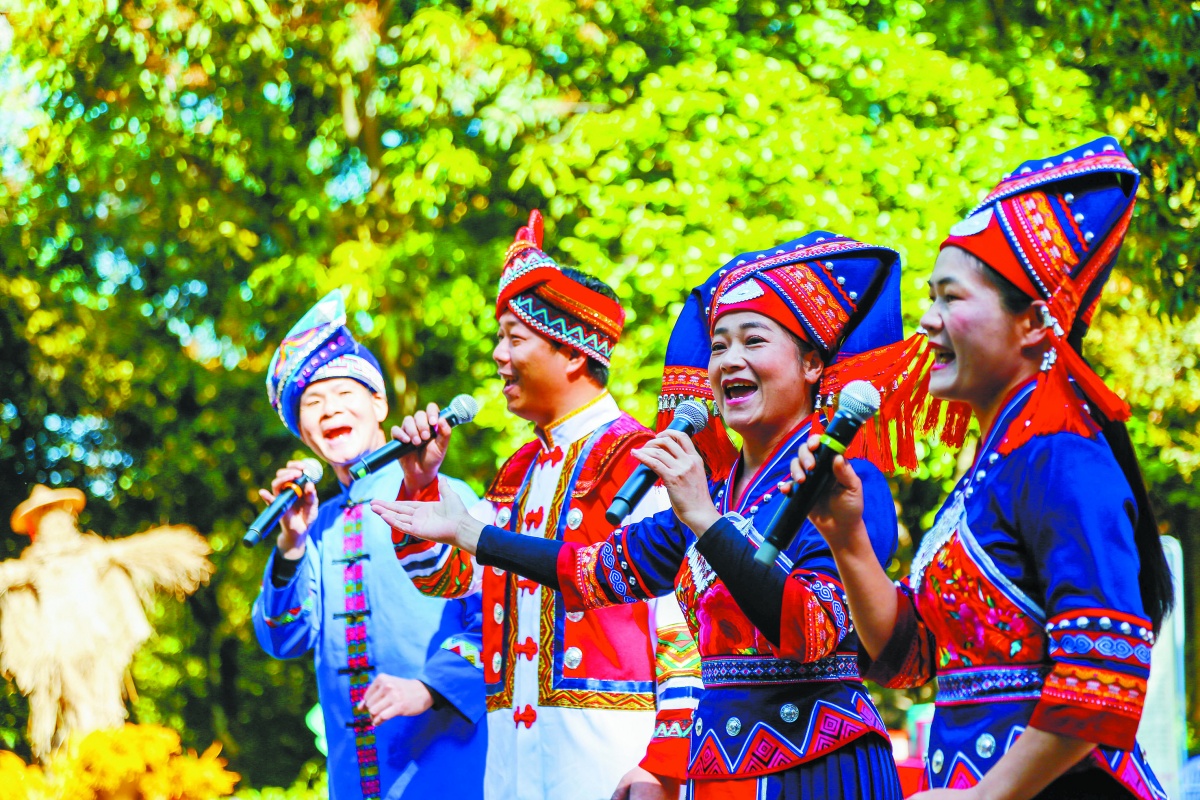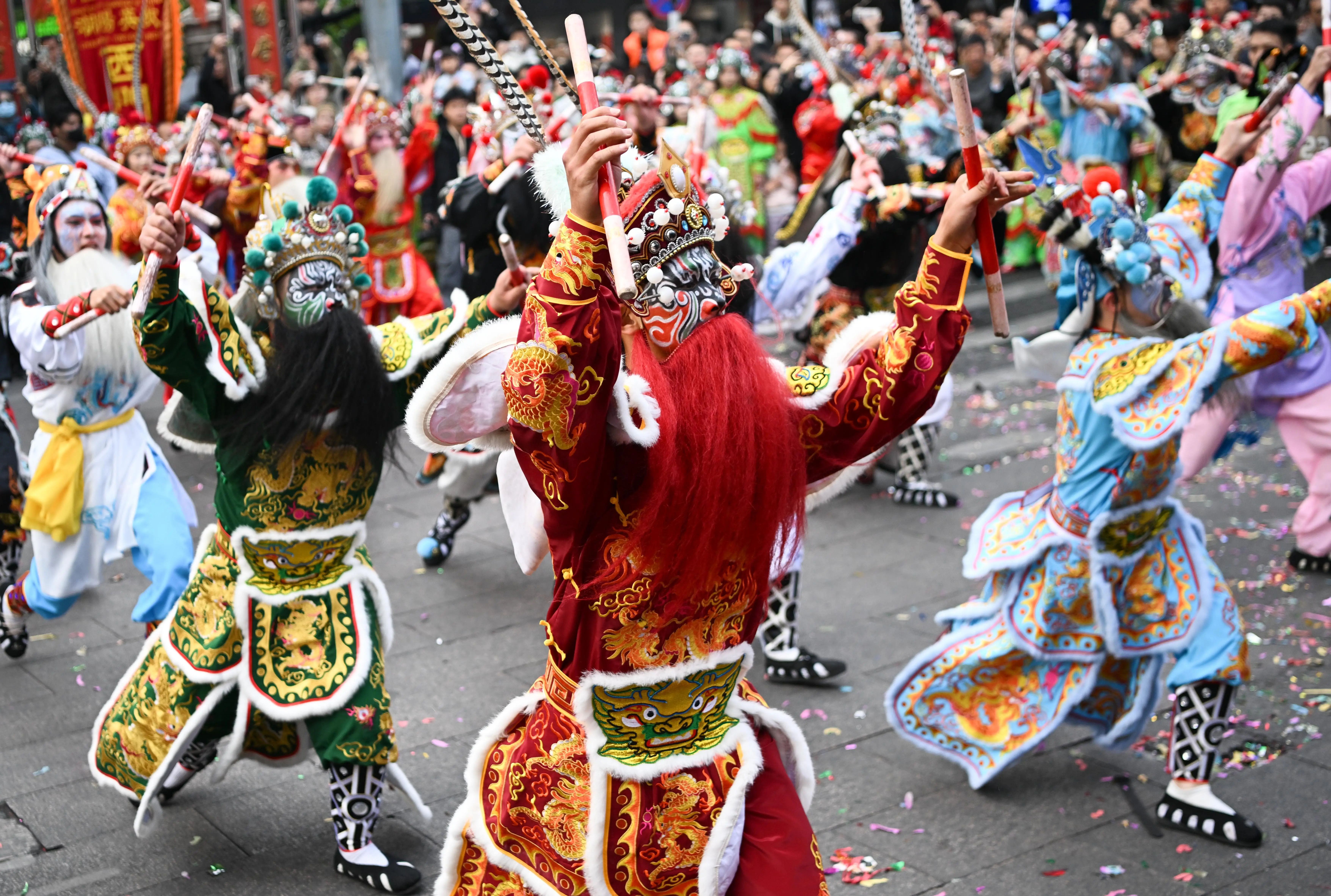Northeast Ice Lantern Festival
The Ice Lantern Festival is the most distinctive folk activity in Northeast China during winter, originating from the winter lighting methods of fishermen along the Songhua River. Today, it has evolved into a grand celebration integrating ice sculpture art, light displays, and ice entertainment. The Harbin Ice and Snow World is the most famous, featuring tall and magnificent ice sculptures illuminated with colorful lights, especially spectacular at night. Locals have the tradition of "visiting ice lanterns on the 15th day of the first lunar month," symbolizing light and hope, dispelling evil and bringing good fortune.
